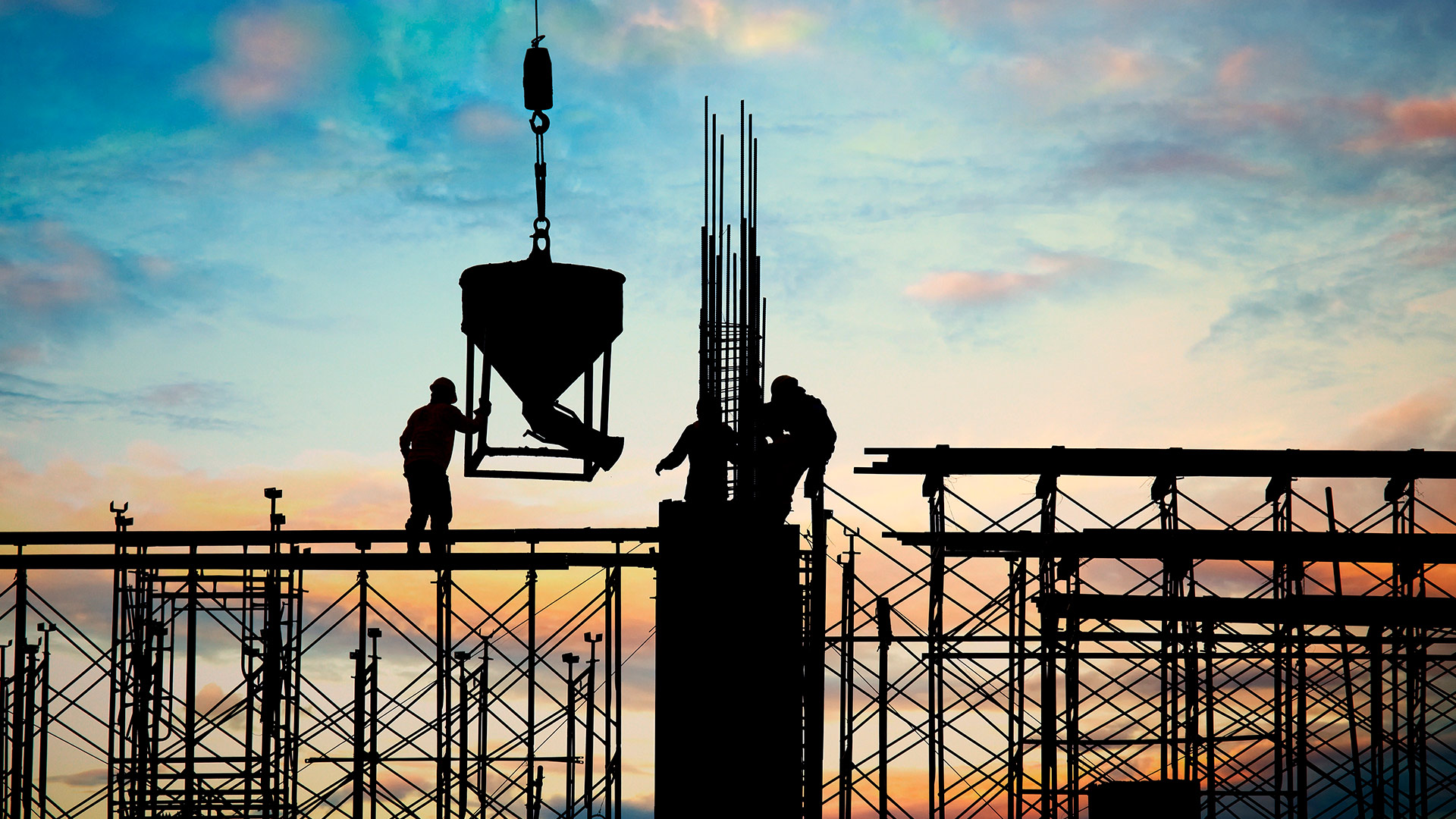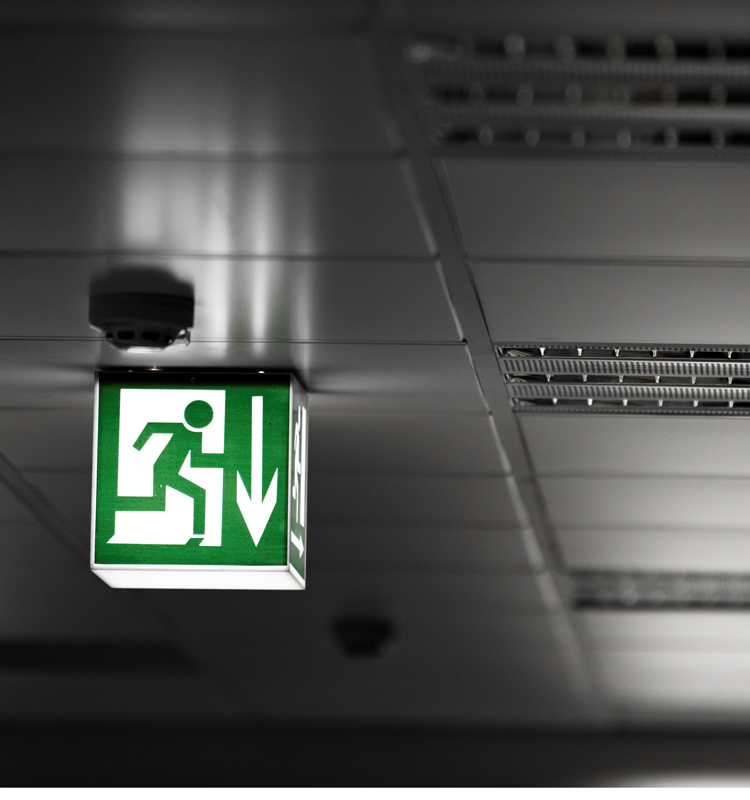
Self-protection plan
The self-protection plan (PAU) is a process for dealing with risk and emergency situations that is regulated by the Basic Self-Protection Regulation, RD 393/2007 or, if it exists, the applicable regional or local regulations. The objective of the Self-Protection Plan is to identify, analyze and evaluate the possible emergency situations that may happen in the center and to carry out the organization of the human and technical means necessary to minimize such situations, defining the sequences of action to be developed in case any of these situations take place.
Educational centers
Any teaching center with an evacuation height of 28 m or more, or with an occupancy of 2,000 people or more, or intended for physically or mentally disabled people or other people who are unable to evacuate by their own means.
Health care centers
Any other health care establishment with an evacuation height of 28 m or more, or with an occupancy of 2,000 persons or more, or in some cases with more than 200 beds.
Public residential facilities
Establishments of public residential use affecting 100 or more people or intended for the elderly or those with a disability that prevents them from evacuating by their own means.
Other centers
All those buildings housing commercial, administrative, service provision or any other type of activity, provided that the evacuation height of the building is equal to or greater than 28 m, or that they have an occupancy of 2,000 people or more.

